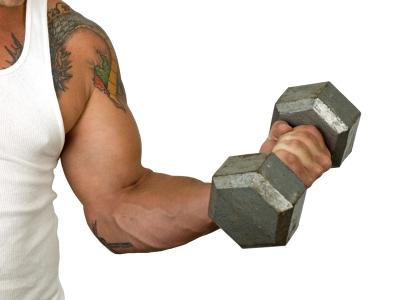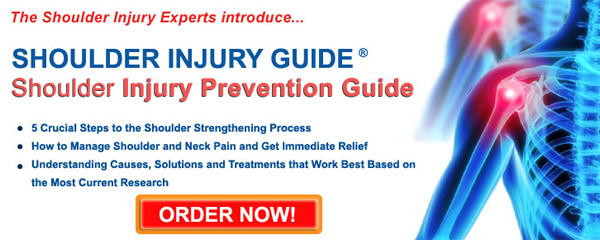Tyler Johnson's Rotator Cuff Injury - What Do We Do Next?
by Dr. Kareem Samhouri author of Double Edged Fat Loss

Tyler Johnson, of the Cardinals, will unfortunately be sitting out the beginning of this baseball season. According to recent articles, Johnson is suffering from rotator cuff tendonitis, preventing him from pitching without risk of a rotator cuff tear. Normally, rotator cuff tendonitis can be well addressed in about a 6-8 week period. However, this does not take into consideration the many aspects of rehabilitation that pertain to professional sports.
First and foremost, baseball pitchers are required to throw a baseball with such velocity and momentum that their shoulders undergo far more stress than what someone's shoulder is expected to undergo following traditional rehabilitation. Secondly, despite the added stress associated with being a baseball pitcher, millions of fans and millions of dollars are depending on the athlete to return to play sooner, rather than later. Fortunately, elite athletes are so well conditioned that healing does take place more quickly. However, sources suggest that Tyler Johnson will be pitching again in "at least 2 weeks." At least 2 weeks? Thank goodness it's not my shoulder...
Following rotator cuff injury or tendonitis, it is wise to begin a regular icing schedule, every evening and every morning, for about 5-10 minutes. Also, you should ice whenever you aggravate your shoulder throughout the day and the pain persists for longer than 5 minutes. By regular icing, you will prevent most new inflammation from entering into the joint space. Too much inflammation in your shoulder joint will cause what's called "impingement," meaning that structures are compressed against one another causing pain and further inflammation. It's a vicious cycle.
With most shoulder injuries, the next step is working on postural stabilizing muscles in the shoulder and upper back. Through improved strength and muscle firing patterns, meaning the order in which muscles are recruited to assist a movement, most of the stress placed into the injury can be avoided. With less stress to the injury, healing takes place much more quickly.


More Articles By Dr. Kareem Samhouri
Return to the Workout Articles Archive
|